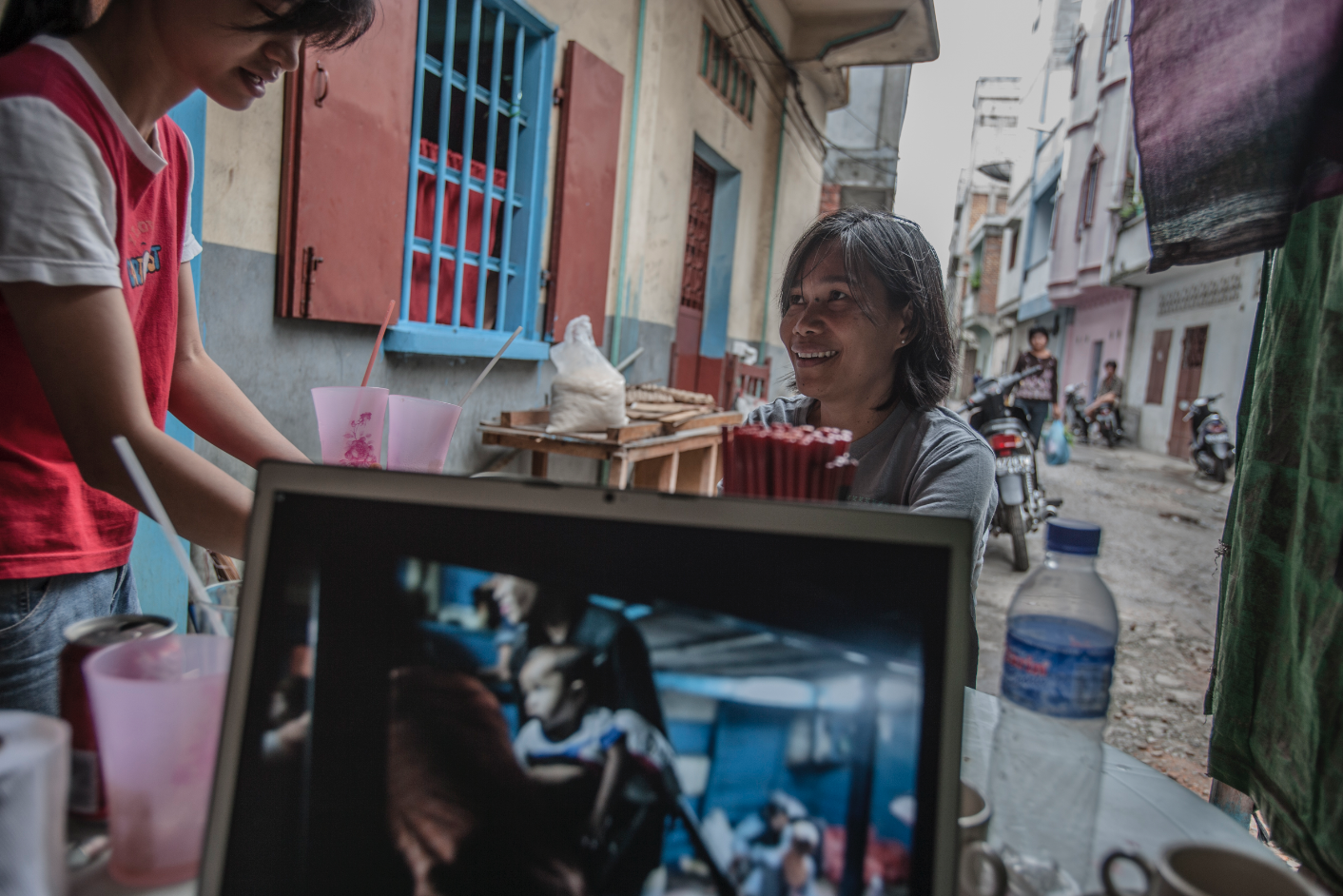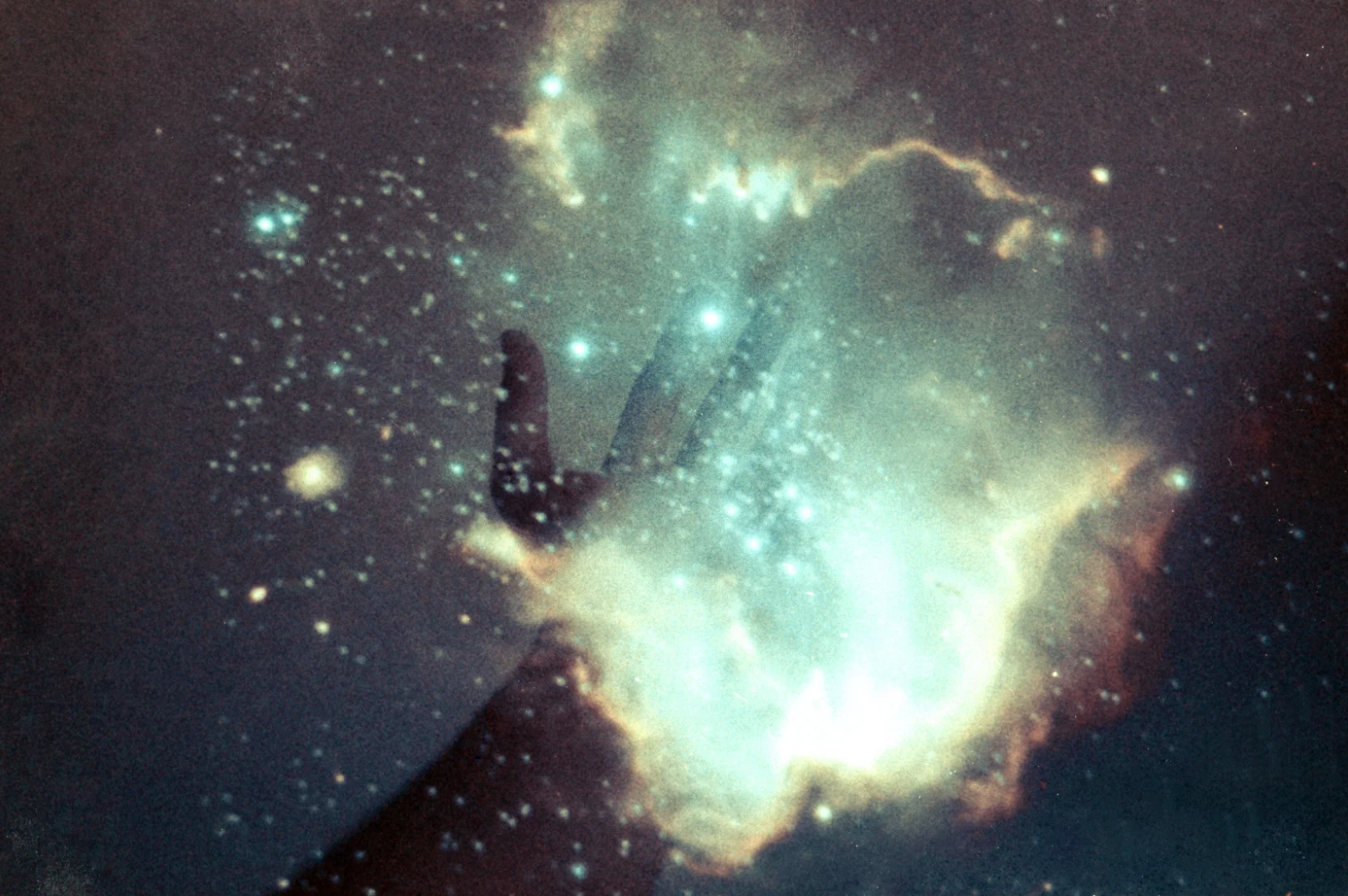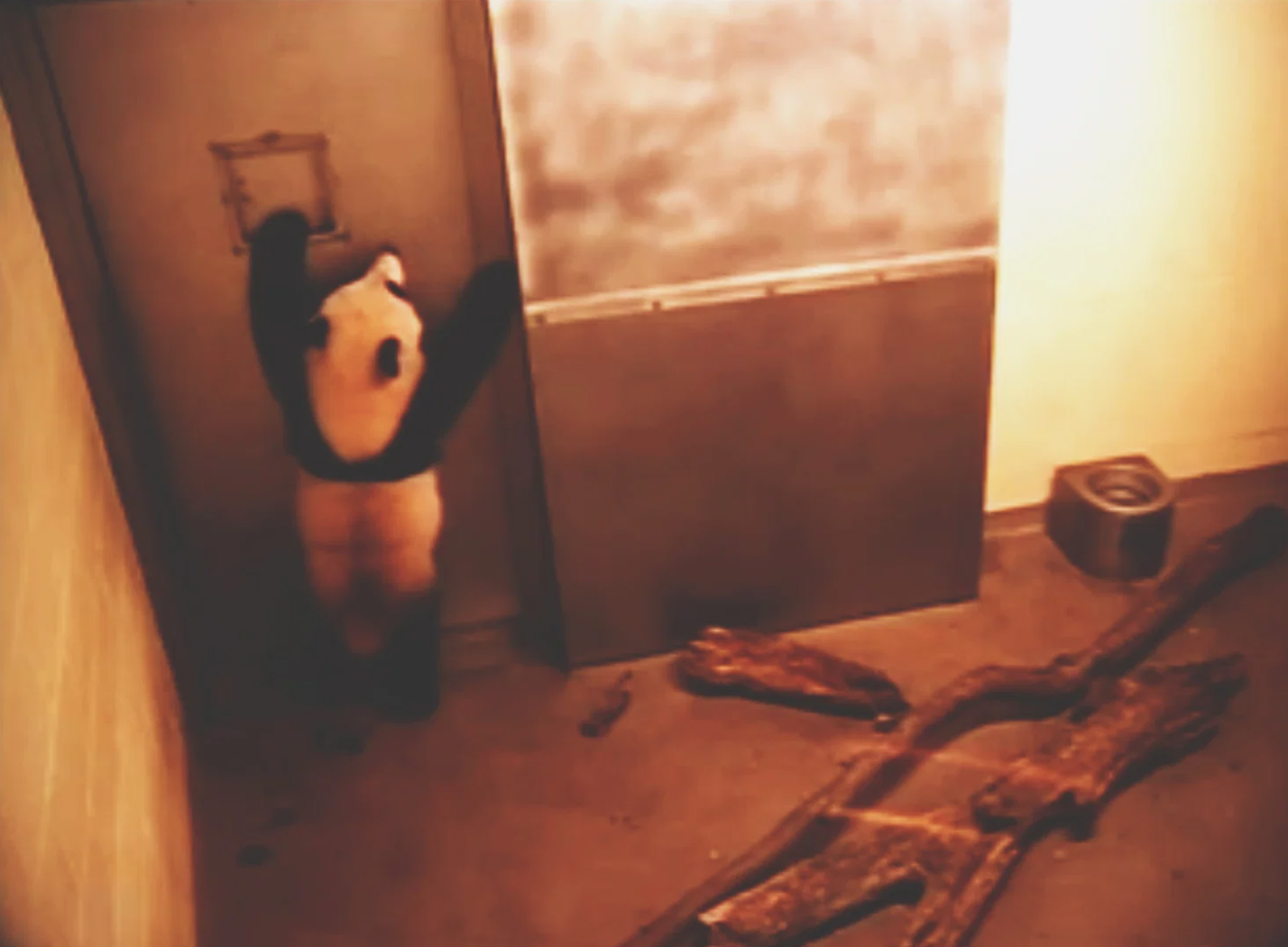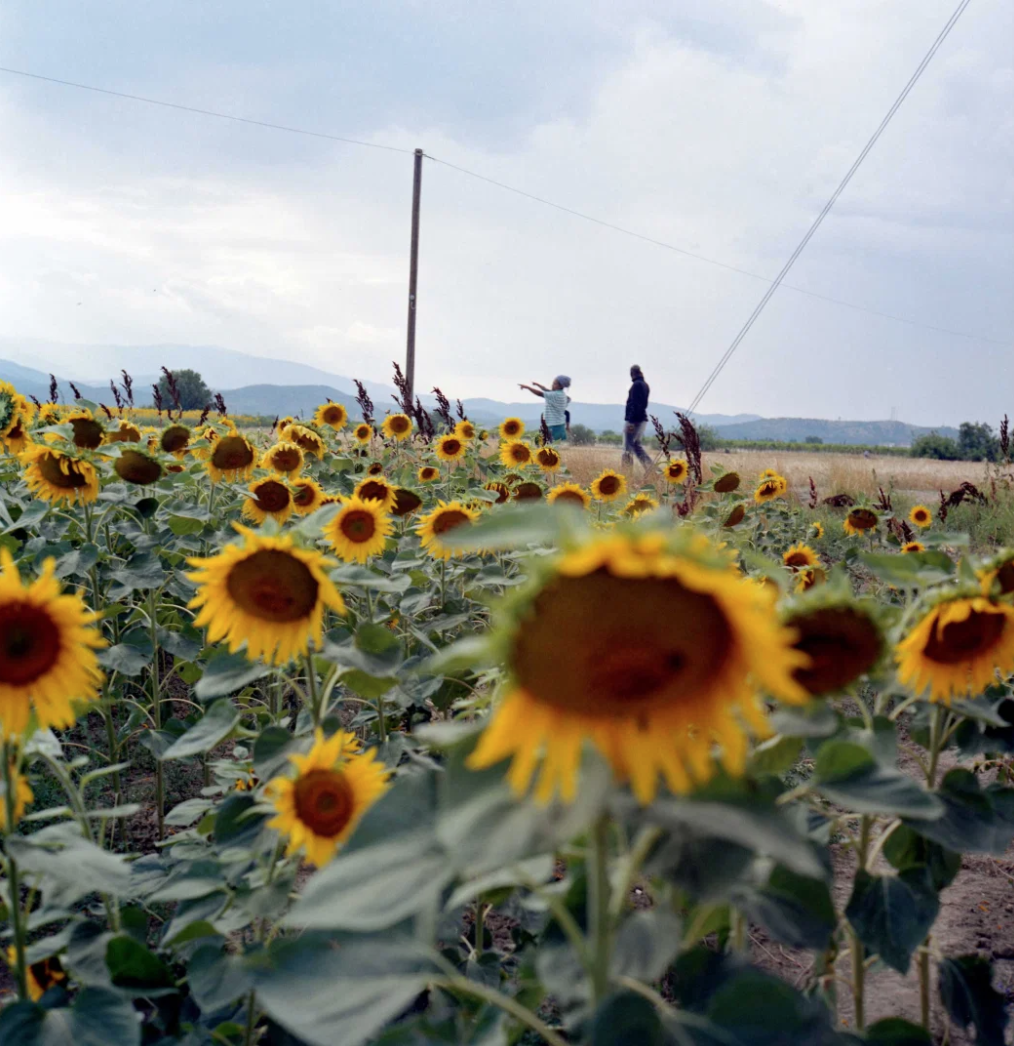By Jen Tse, National Geographic
Out in the field on a Nat Geo photo assignment, there are many unnamed individuals who are crucial to bringing great visual storytelling to life. These can be extraordinary journalists in their own right who take on additional roles: as local producers, assistants, drivers, or translators, among others. They build trust and access to local communities, contribute research and additional imagery, provide technical expertise, find solutions to unforeseen challenges, and even navigate dangerous situations.
They can even save photographers’ lives.
By Jen Tse, TIME LightBox
Not far from Milan, in the bedroom of a haunted house, the ghost hunters were holding a séance. “If there’s someone here,” they called into the darkness, “can you please give us a sign?”
Photographer Barbara Leolini had gone alone into the kitchen to load a new spool of film into her camera, when suddenly, unmistakably, a chair scraped along the floor near her. Everyone heard it.
By Jen Tse, TIME LightBox
An orangutan appears to hit its own head with a swing. A panda huddles in the corner of a sparse, carpeted room. A leopard stands in an artificial cave, mouth ajar and eyes vacant, like a taxidermied museum exhibit.
These unsettling scenes come from the live surveillance video feeds of zoos in North America and Europe, frozen in time by photographer Arko Datto. Instead of using a camera, Datto made screenshots from the videos available online, revealing perspectives and moments of distress unseen during a typical zoo visit.
By Jen Tse, TIME LightBox
To be a woman in Egypt is to live with the crushing inevitability of sexual harassment. The magnitude of the problem is epidemic, with 99.3% of Egyptian women having been sexually harassed, according to a 2013 U.N. Women report. It’s a society in which, for half the population, just leaving home can be a daily nightmare.
Cairo-based photojournalist Roger Anis decided to confront the issue by making portraits of women next to the clothes they would wear on the streets, if only they felt safe enough.
By Jen Tse, TIME LightBox
The bodies were strewn across the meadow, the grass they lay in glowing gold in the dawn light. “It looked like one of those Renaissance paintings of battlefields, except they were all alive and sleeping,” photographer Rena Effendi tells TIME.
By Jen Tse, TIME LightBox
It was just like a Bollywood movie, the man said. He, a Palestinian groom, was smuggling his bride from Jordan into Gaza. The whole wedding party was with them, underground in the tunnels. And she was standing there, trembling, in her white dress and under erratic lights, dust falling into her hair, when he ran to her and kissed her.
The Texan and Jordanian photographer Tanya Habjouqa was listening to this coffee-fueled romantic raving when suddenly, its narrator paused. “You know,” said the man, “no matter what this occupation does to us, we will always find a way to live, love, even laugh. We will always find a way to keep our dignity and more than survive.”
By Jen Tse, TIME LightBox
In Spain, few sights are more universally terrifying than that of police through an apartment door peephole. “They’ll come at dawn. They’ll cordon off the area two blocks around the house. And if the residents don’t open the door, they’ll break it down,” says photographer Andres Kudacki.
By Jen Tse, TIME LightBox
The earth erupted and rubble fell. The airstrike had just hit the Old City, 100 meters from Alex Potter's home in Sana’a, Yemen. Already, the photographer's neighbors were spilling into the night in bedclothes, in sandals. “They had probably been hiding in their basements with flashlights and shovels, ready to start digging people out right away,” she tells TIME.
By Jen Tse, Newsweek.com
The 7.8-magnitude earthquake that shook Nepal on April 25, 2015, was the country's worst in more than 80 years, killing more than 9,000 and injuring more than 22,000. Photojournalist Omar Havana portrays Nepali life in the aftermath of the disaster.









